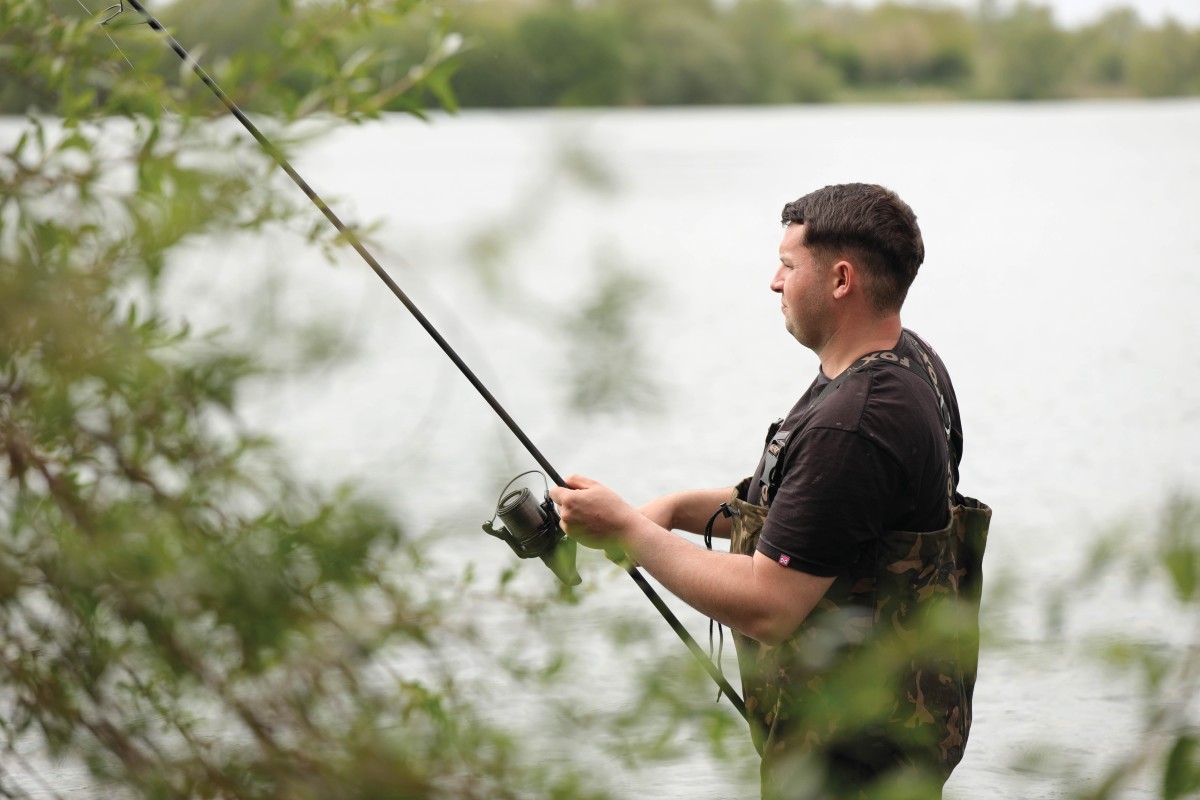
Ten Things To Do Better
What can we do to catch more, or improve our results? Tom Maker has some suggestions…
1. INCREASE EFFORT LEVELS
When I go angling, be it for a few days or a single night, my effort levels always remain the same for the duration. I can recall countless occasions when the daylight hours remained quiet, before the carp became active later on. In such situations, I’ve pulled near-all-nighters to work the swim and make the most of a feeding spell. Most might be fast asleep in their bivvies, clueless as to what was going on, before waking up in the morning, scratching their heads as to why they’ve not had a bite, probably blaming everything and everyone except themselves. Make the extra effort. Ultimately, you’re there to catch fish, so if it doesn’t seem to be going right, think about the variables within your control.
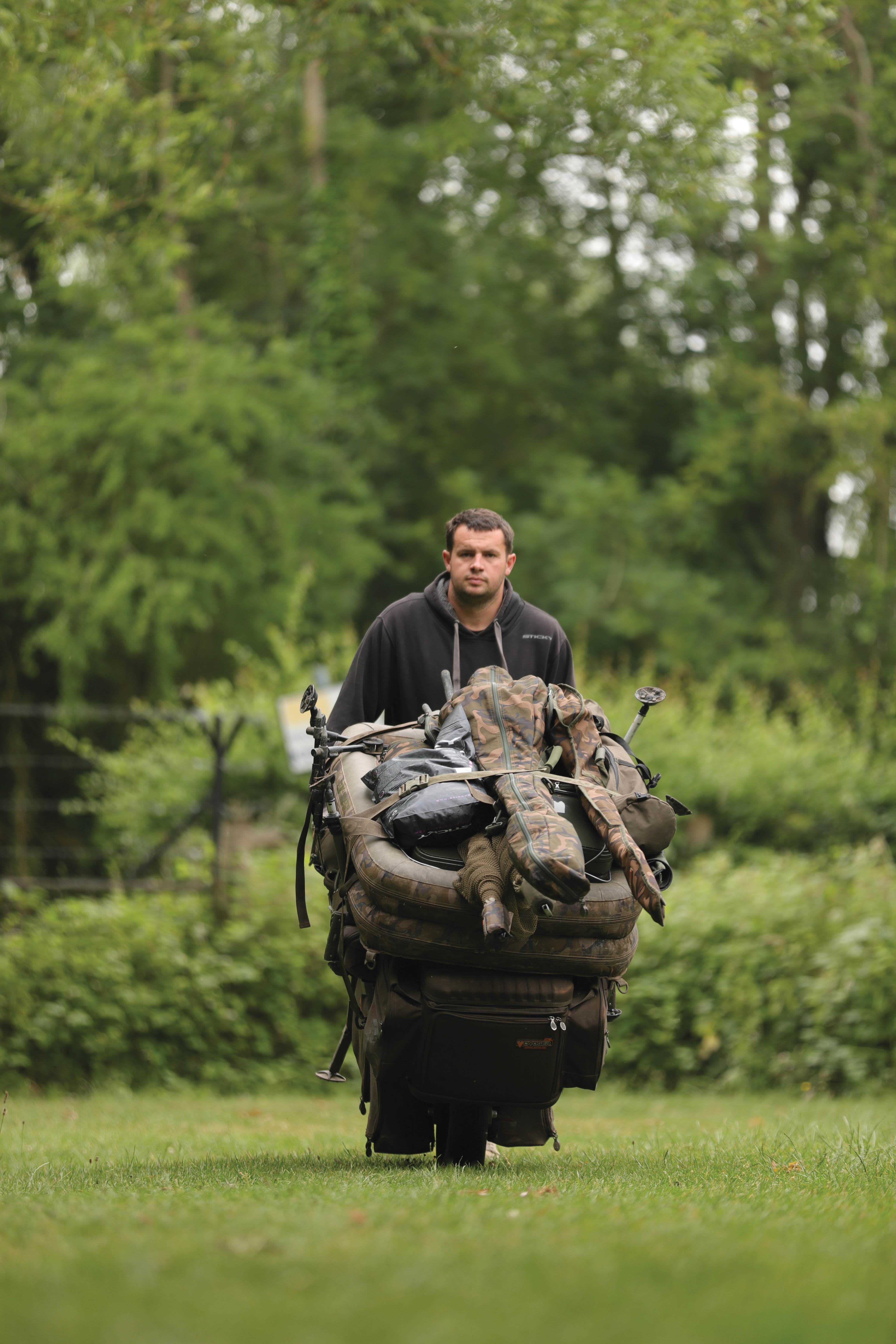
2. IGNORE THE TRENDS-CONFIDENCE IS KEY
In this day and age, it’s very easy to get caught up in what’s circulating on social media, whether it relates to methods and rigs, or baiting approaches, perhaps. There’s a tendency to follow trends, or whatever is in vogue. When I go fishing, I have complete confidence in my rigs and the bait that I use, and I know they work. A lot of anglers will chop and change when a session isn’t going their way—they’ll ring the changes, to coin a phrase. Rarely, however, does this improve the situation. There are a lot of variables in angling that determine the outcome of a session, and most of the time, it’s these that are to blame. Trust the things you can control. If you’ve caught on a particular rig or bait before, you’ll catch on
them again.
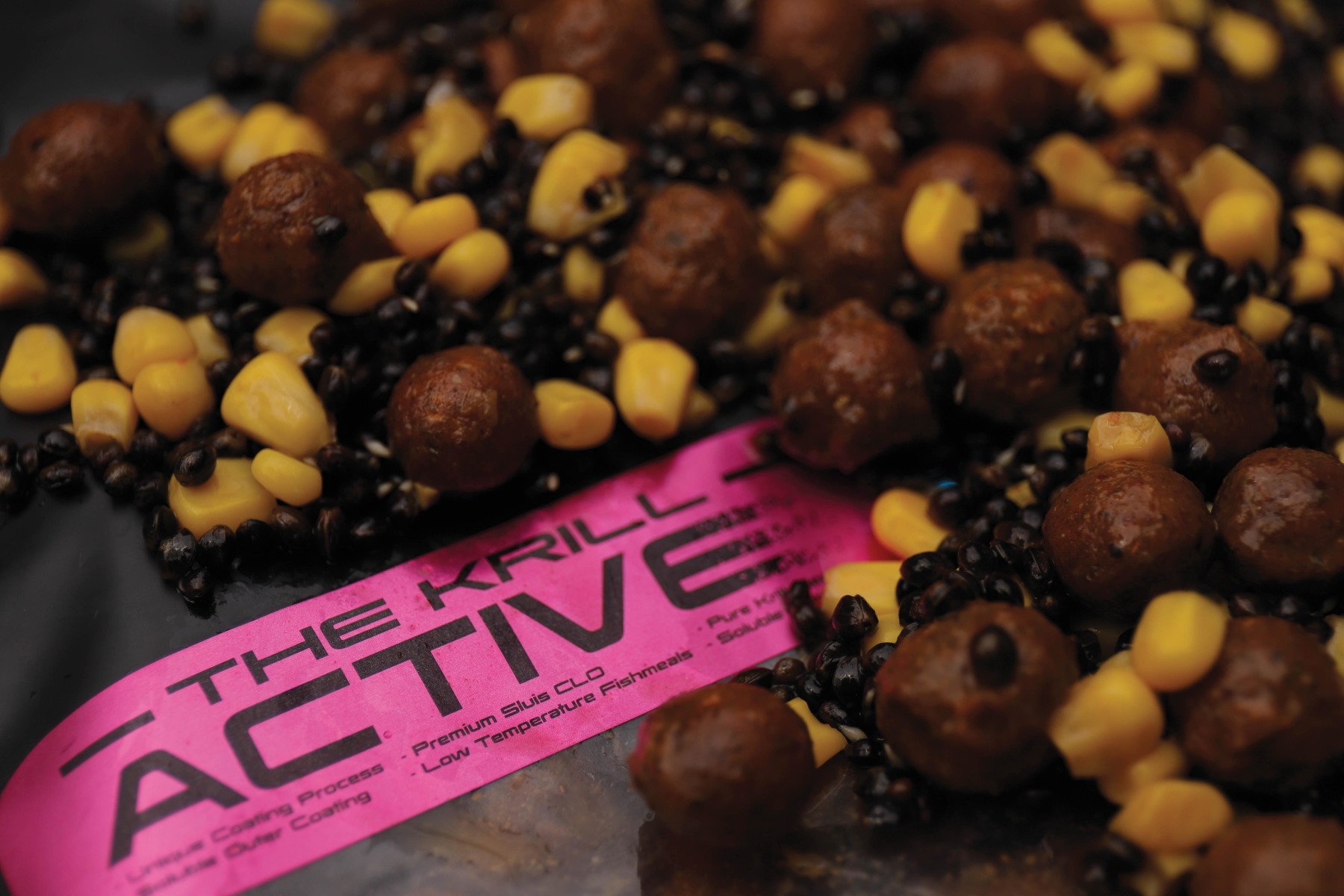
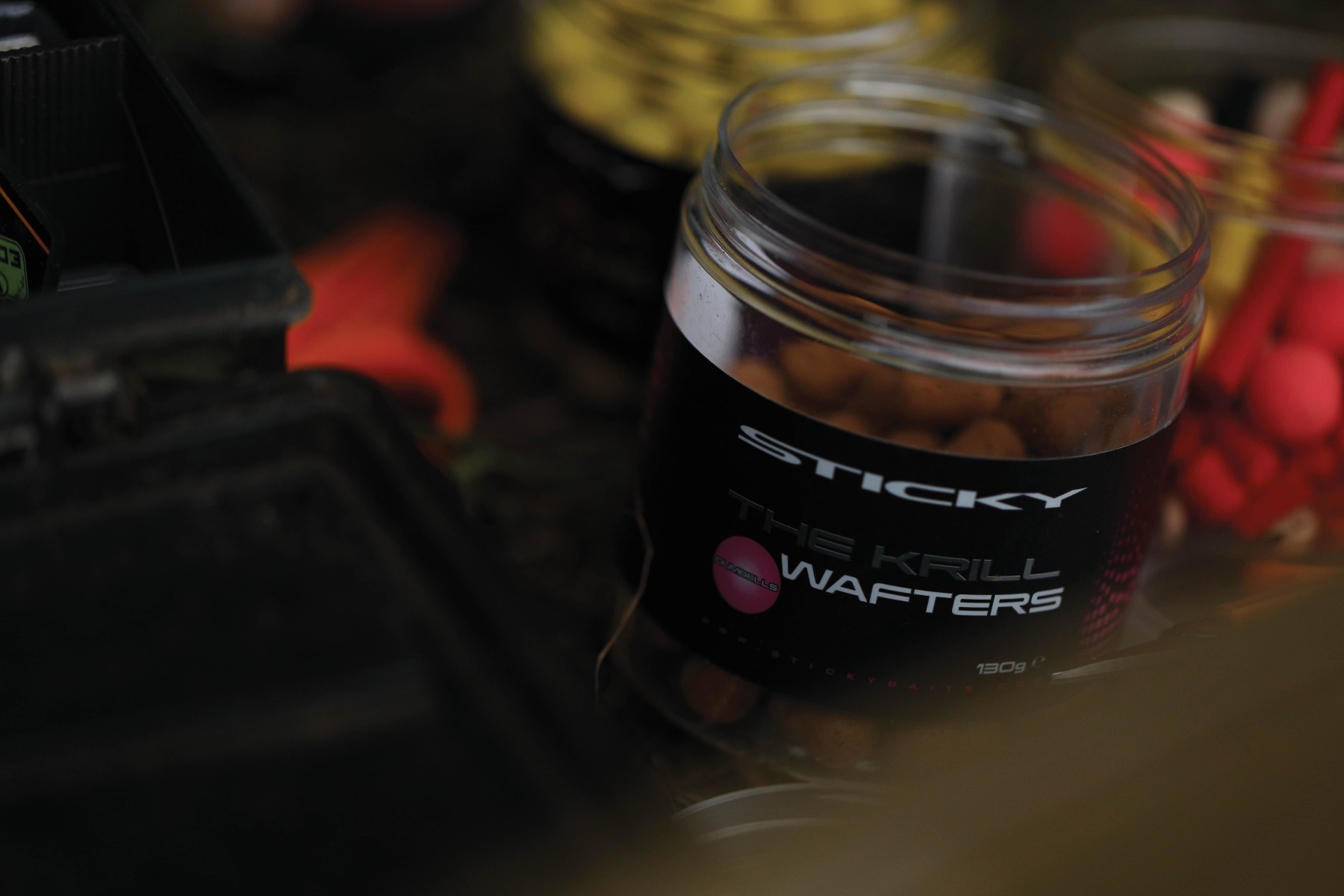
3. KEEP IT SIMPLE
I find it frustrating to see so many anglers overcomplicate things on the bank. I witness it frequently, and it must cause anglers so many unnecessary headaches. Over the years, I’ve retained just a handful of rigs. These cover every approach, and every situation I’m faced with. As soon as you start tweaking and changing, or overthinking things, you’re heading down a dark path of uncertainty, and this will lead to only more confusion.
Decide which rigs are going to cover you and use them in the right situation. Also, think about how complicated it is to tie them. My go-to arrangement is the D-Rig, and it’s quite possibly the simplest to use. It’s an efficient hooker and offers great mechanics, but I can also whip one up in a matter of seconds if the action comes thick and fast. If you’re using shrink tube and messing about steaming rigs, for instance, this will waste valuable time if you’re fishing for multiple bites and making the most of short feeding windows.
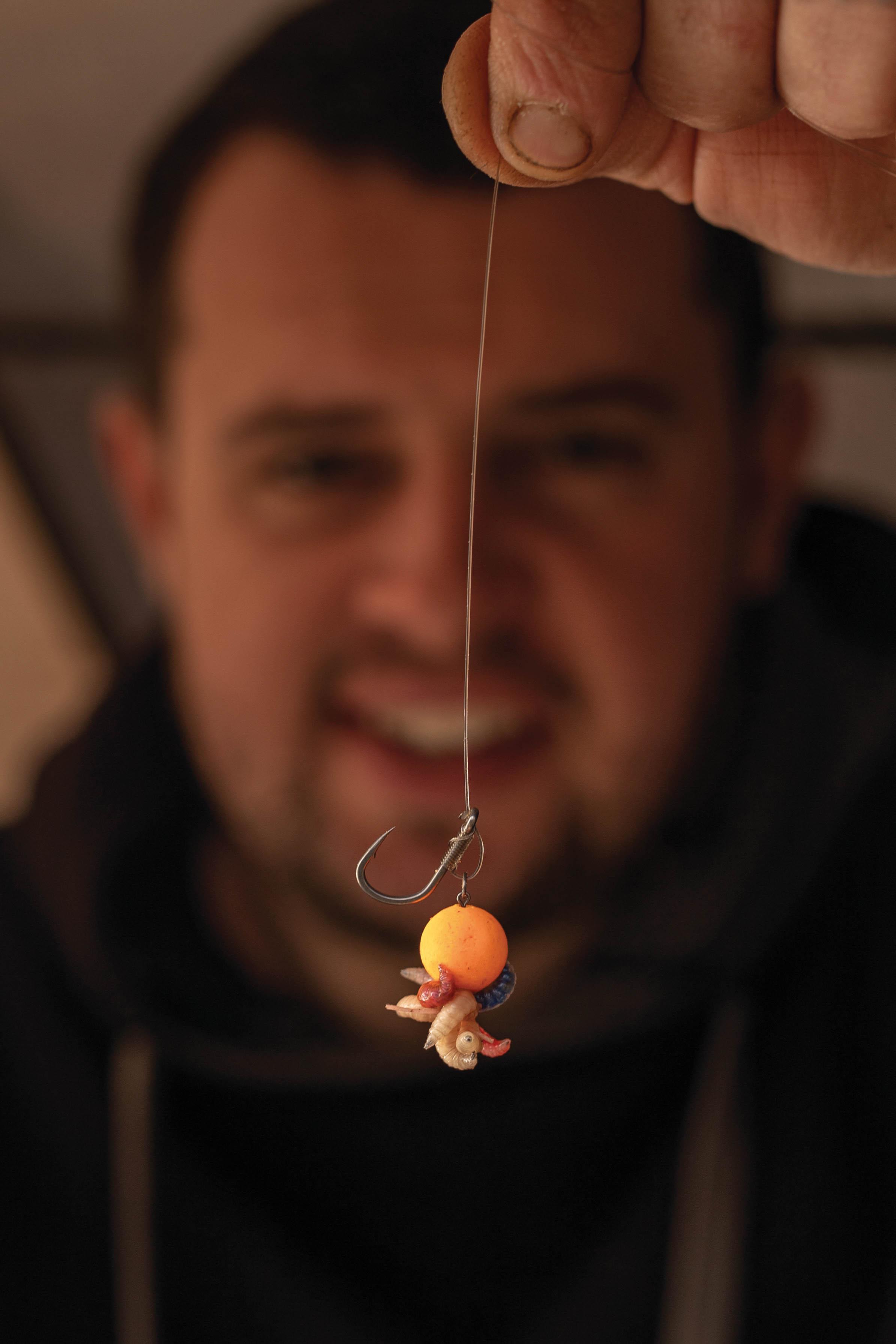
4. MAKE THE RIGHT CHOICE
Consider the length of your session and think about your choice of venue. The type of fishing I favour sees me visit fisheries such as Linear, Thorney Weir and Carpathia. Plenty of bites are to be had at waters I fish, and I tailor my choice to suit what works best for me. If you’ve chosen a low-stock venue but plan to do just overnighters, it may be worth rethinking what you’re looking to achieve. Are you fishing for bites, or targeting a certain fish? If you believe you’re on the right venue for you, then concentrate on what’s happening around you. Do some networking and give yourself the best possible chance of success. I think some anglers are afraid to ask questions, but you’re no punisher, so to speak, if you go about it in the right manner.
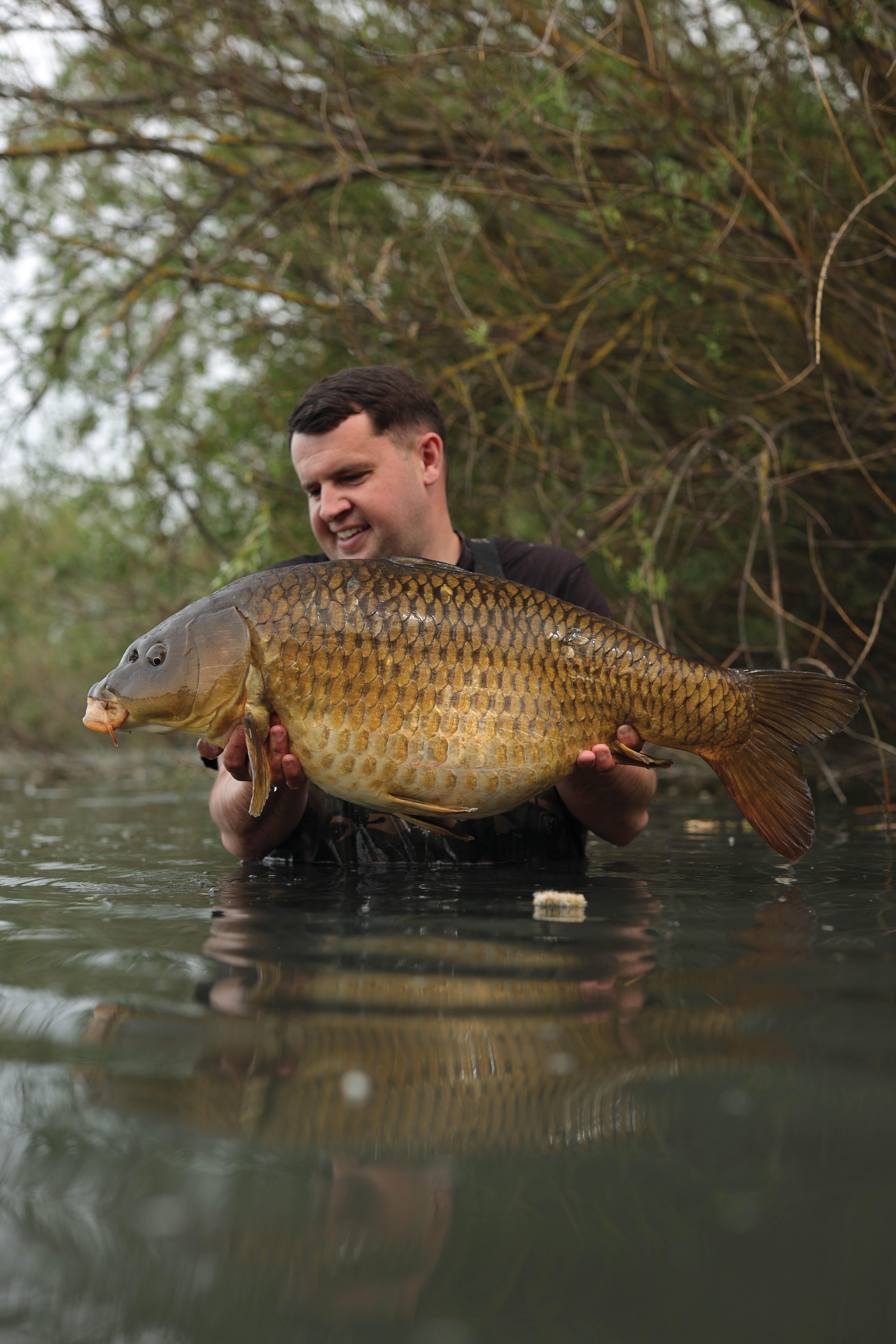
5. ALL THE GEAR, NO IDEA…
I like practicality and usability when I fish. I don’t take the kitchen sink, and I know exactly where everything is after I’ve set up and when I start my session. Being organised on the bank helps massively when the action starts. You could easily panic and rush as you get caught up in the moment. Set everything up so that you always know where everything is, and keep your station organised. There’s nothing worse than frantically scrambling around to find a pair of scissors or other essentials. When I did my tutorials, I saw so many anglers take far more than was necessary. The more you take, the busier your swim will be, and before you know it, your peg looks like a bomb has exploded in it! Refine everything, take only what you need, and if necessary, carry spares in your car—out of sight, of course.
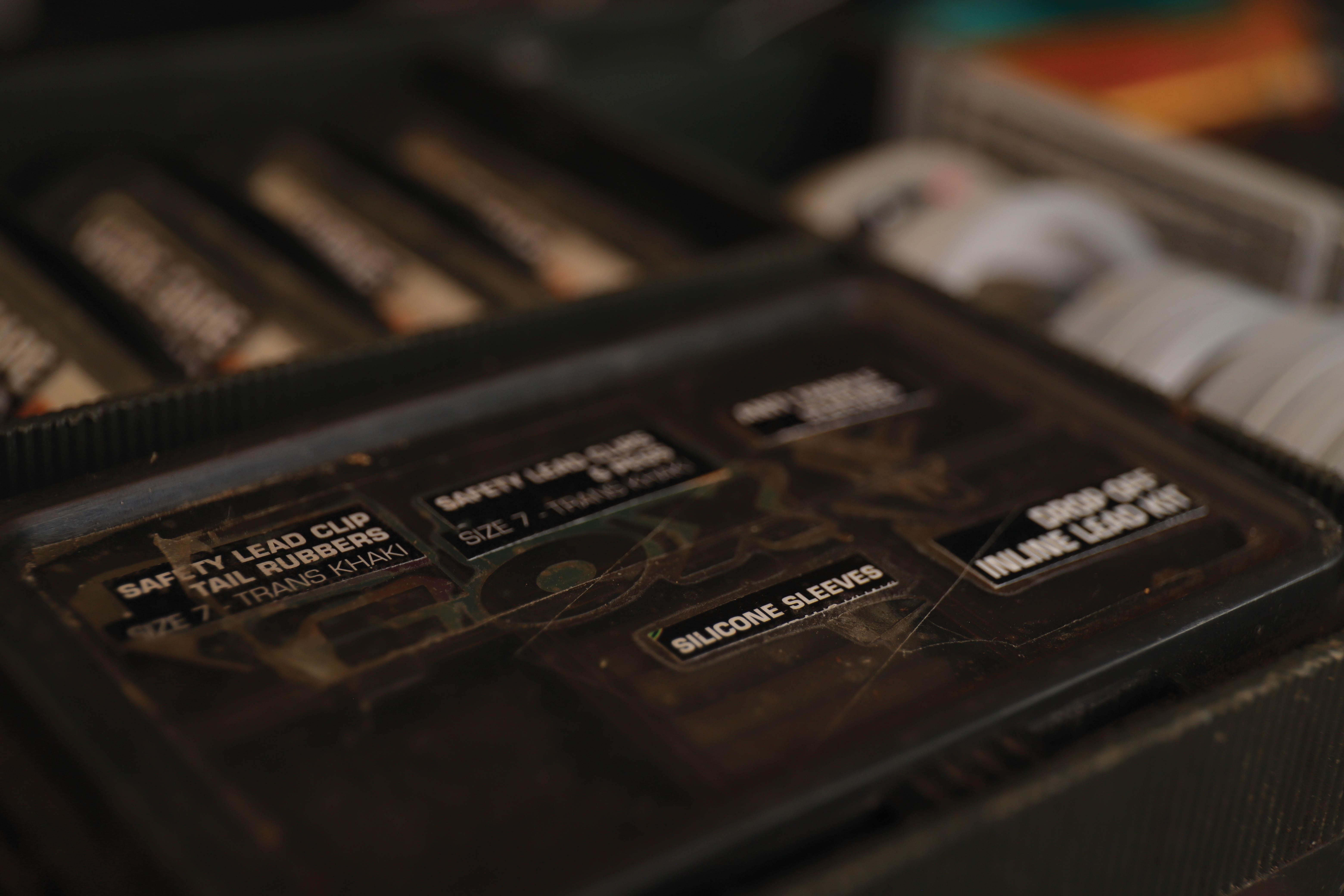
6. EYES ON THE PRIZE
Observation, in all aspects of angling, is absolutely key, but never more so than when you’re looking where to start, or considering where to place your rigs. I see so many anglers around me not paying close attention to the water, missing vital signs and showing fish. They could easily react to these, and potentially catch. My angling has always revolved around reading these signs and fishing for what I see. Yes, there are times when you’ll have little to go on, and that’s when you call on your experience as you make decisions. Most of the time, though, there’s always something you can work from.
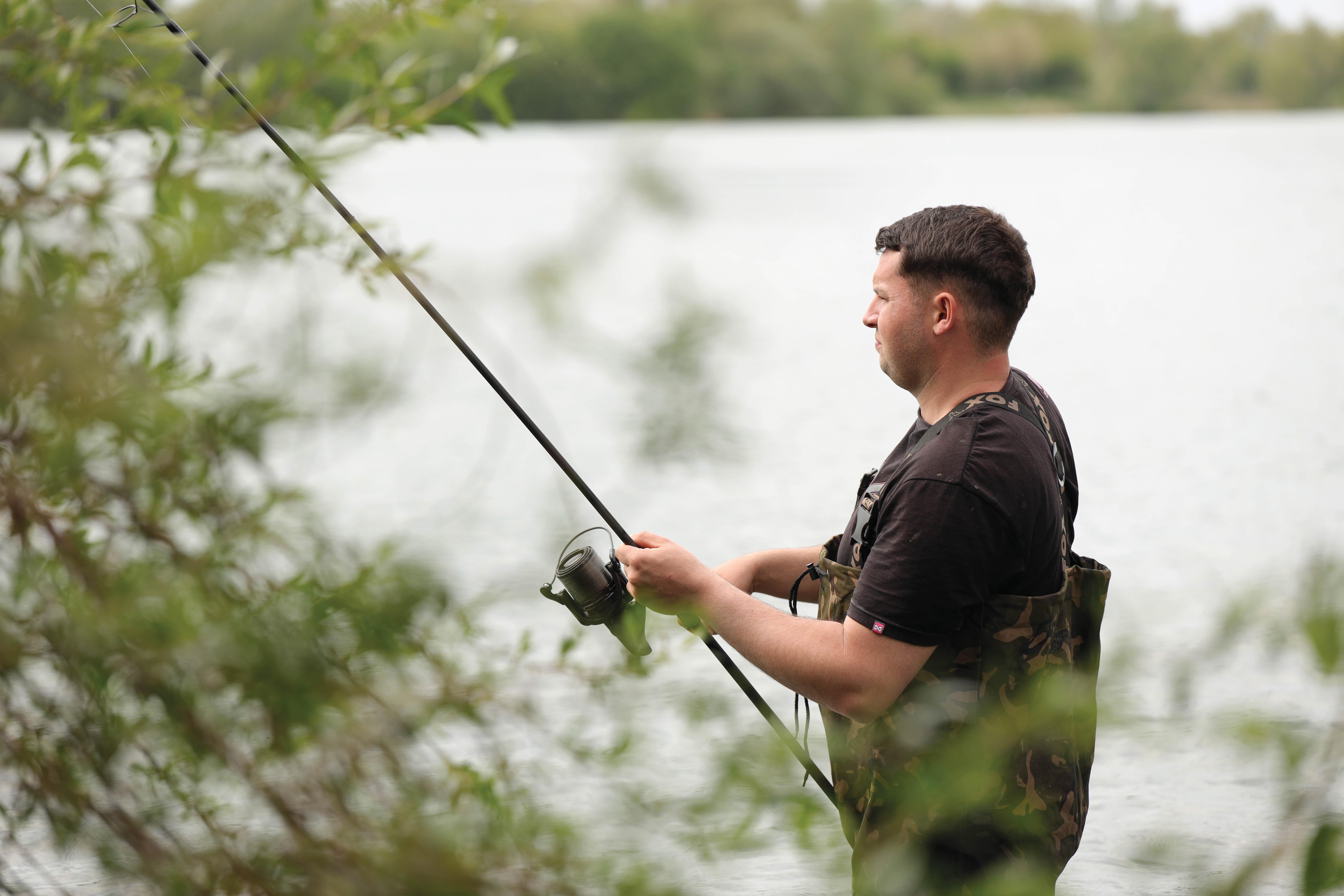
7. PUT THE PHONE DOWN!
Phones are surely our biggest distraction. Social media almost runs the world, one way or another, and it’s addictive. Anglers will pick up their smartphone and start scrolling, and it costs them bites. If you’re not focusing on the water and what’s in front of you, you’ll miss opportunities. Carp could be showing elsewhere, in a different swim that might be vacant, but you’re zoned out, scrolling through Instagram. It’s a habit of so many, and all are probably unaware of how it affects their fishing. I always put my phone to one side at the start of a session. I walk, observe and remain blinkered in an attempt to filter out potential distractions as I focus on my angling.
8. DO THE BASICS WELL
Getting the fundamentals right is crucial. Ensure your rigs aren’t prone to tangling and cast accurately. Be accurate, too, with your bait application. All these aspects need to be done well if you want to catch constantly. The biggest issue I see on the bank, is anglers fishing beyond their capabilities, i.e. looking to fish too far out. This then hinders their accuracy. Fish to your strengths and within your limitations. This way, you’ll be far more efficient. You might well see fish over 100yds away, and also see someone like me able to fish tightly at that range with three rods, but this is my job—if you can call it that. I’m on the bank on a weekly basis, practising and honing my skills. Choose a comfortable distance, and fish as conditions allow.
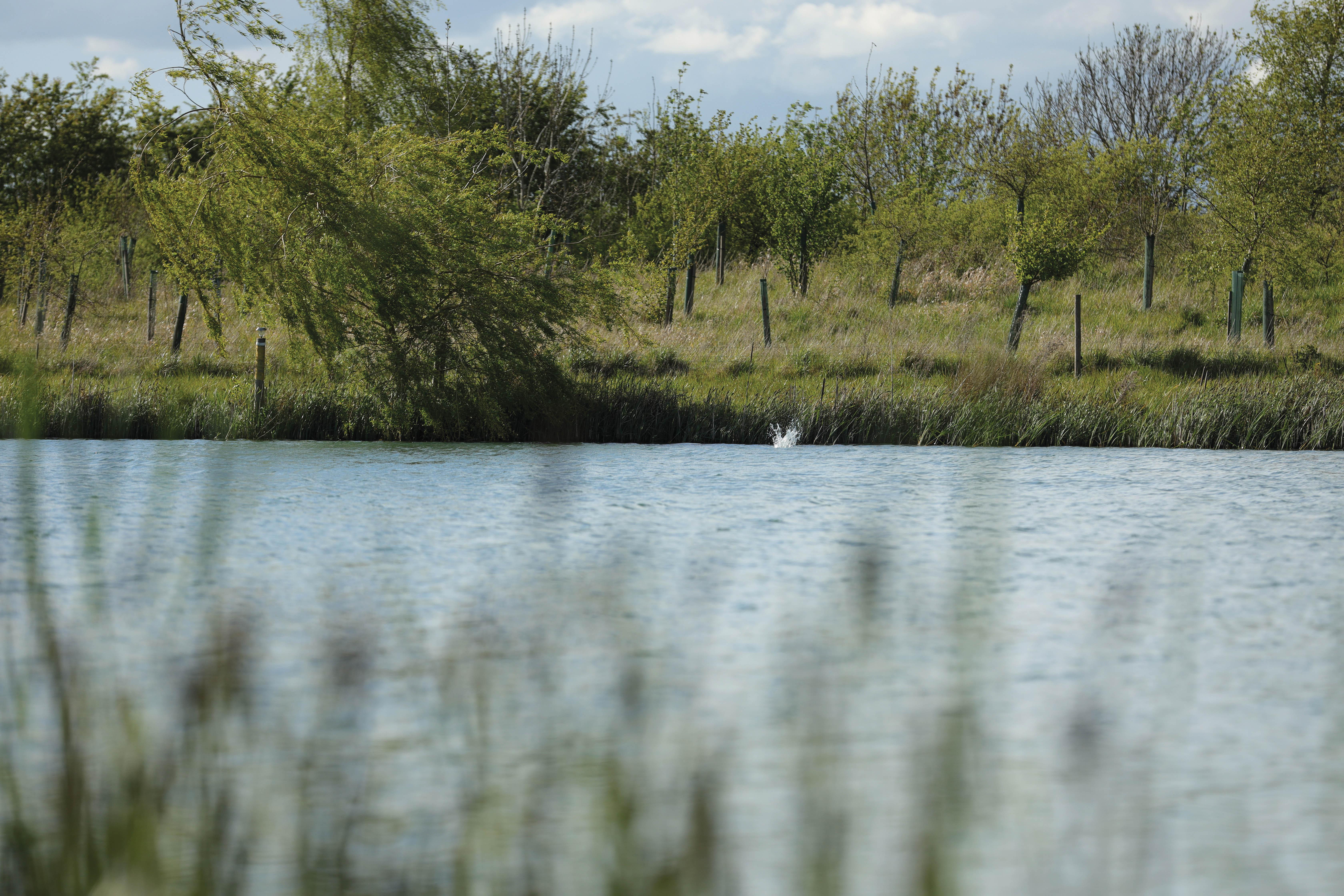
9. SMILE, IT’S MEANT TO BE FUN!
You’d be shocked, perhaps, at how often I see anglers put pressure on themselves to catch. Most use angling as a way of chilling out as they set aside all the stresses of work, so simply go and enjoy it. I can honestly say that I have the best job in the world. I love what I do and I make sure that every time I go fishing, I’m happy being outside catching carp. Unnecessary pressure will only get to you, and it will really put a dampener on things. Don’t take it too seriously or compare yourself to others. Angling is an extremely enjoyable hobby. You really don’t want to get to a point where you’re fixated on results, missing the bigger picture.
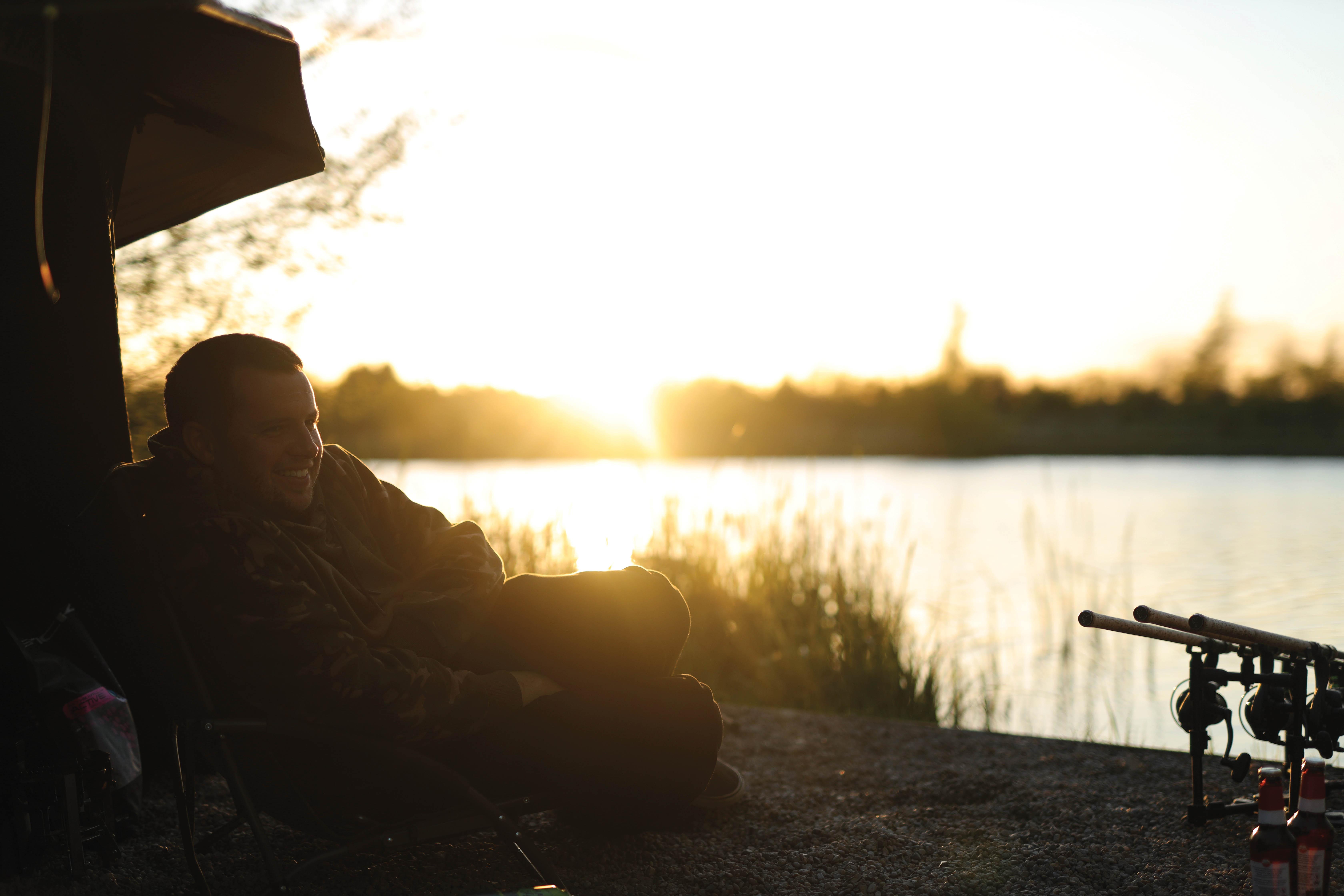
10. LEARN FROM YOUR MISTAKES
If a session doesn’t go to plan, look at why, and take what you’ve learned forward for next time. Angling is rarely straightforward, and again, there are always variables that can affect the outcome. Look at what you might not have done so well, and for potential mistakes during the session, then address these next time (Fig. K). Could you improve your effort levels? Was a move called for but you couldn’t be bothered to pack up? These are simple things that may have altered the outcome of your session.




